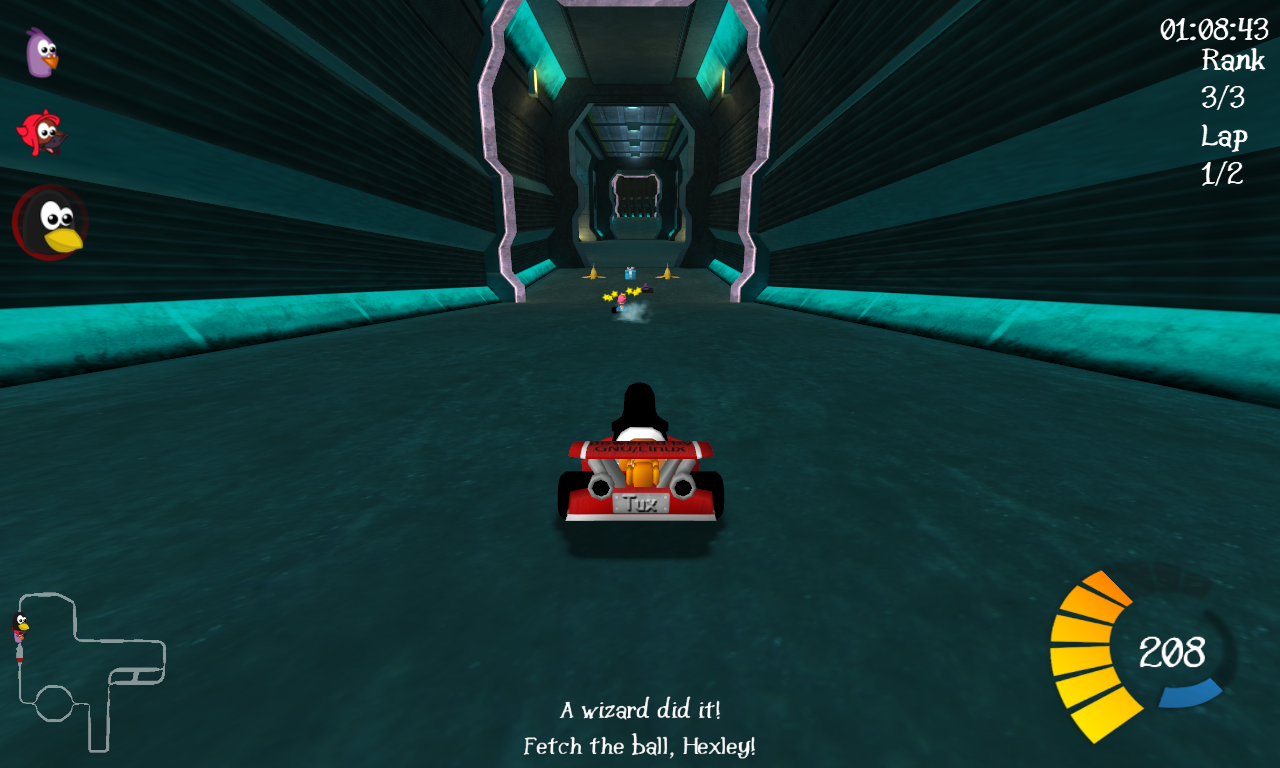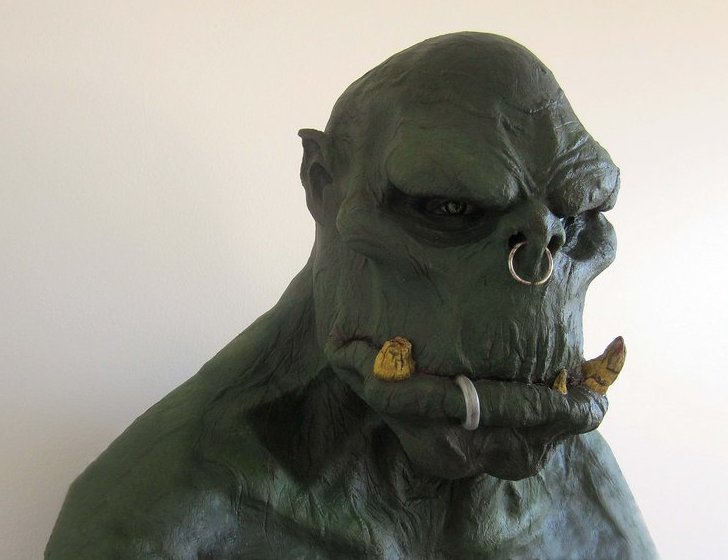|
The Battle For Middle-Earth II
''The Lord of the Rings: The Battle for Middle-earth II'' is a 2006 real-time strategy video game developed and published by Electronic Arts. Being second part of the Middle-Earth strategy game, it is based on the fantasy novels ''The Lord of the Rings'' and ''The Hobbit'' by J. R. R. Tolkien and its live-action film series adaptation. It is the sequel to Electronic Arts' 2004 title '' The Lord of the Rings: The Battle for Middle-earth''. Along with the standard edition, a Collector's Edition of the game was released, containing bonus material and a documentary about the game's development. The story for ''The Battle for Middle-earth II'' is divided into Good and Evil Campaigns. The Good Campaign focuses on Glorfindel, an Elf who is alerted to a planned attack on the Elven sanctuary of Rivendell. With help from the Dwarves and other Good forces, the Elves attempt to eliminate Sauron and his army to restore peace in Middle-earth. In the Evil Campaign, Sauron sends the Mouth of ... [...More Info...] [...Related Items...] OR: [Wikipedia] [Google] [Baidu] |
EA Los Angeles
Danger Close Games (formerly DreamWorks Interactive LLC and EA Los Angeles) was an American video game developer based in Los Angeles. The company was founded in March 1995 as joint venture between DreamWorks SKG and Microsoft (later moved to Microsoft Games) under the name DreamWorks Interactive, with studios in Redmond, Washington, and Los Angeles. In February 2000, the Los Angeles studio of DreamWorks Interactive was acquired by Electronic Arts and renamed EA Los Angeles, and to Danger Close Games in 2010. The studio's sole responsibility after 2010 was to develop games in the ''Medal of Honor'' franchise. When the series was put on hold in January 2013, Danger Close was shut down, with some staff moving on to DICE LA (now Ripple Effect Studios), a Los Angeles studio of DICE, another subsidiary of Electronic Arts. History As DreamWorks Interactive (1995–2000) DreamWorks SKG and Microsoft announced on March 22, 1995, that they were establishing a videogame developme ... [...More Info...] [...Related Items...] OR: [Wikipedia] [Google] [Baidu] |
Elf (Middle-earth)
In J. R. R. Tolkien's writings, Elves are the first fictional race to appear in Middle-earth. Unlike Men and Dwarves, Elves are immortal. They feature in ''The Hobbit'' and ''The Lord of the Rings''. Their history is described in detail in ''The Silmarillion''. Tolkien derived his Elves from mentions in the ancient poetry and languages of Northern Europe, especially Old English. These suggested to him that Elves were large, dangerous, beautiful, lived in wild natural places, and practised archery. He invented languages for the Elves, including Sindarin and Quenya. Tolkien-style Elves have become a staple of fantasy literature. They have appeared, too, in film and role-playing game adaptations of Tolkien's works. Origins Germanic word The modern English word ''elf'' derives from the Old English word '' ælf'' (which has cognates in all other Germanic languages). Numerous types of elves appear in Germanic mythology; the West Germanic concept appears to have come to diffe ... [...More Info...] [...Related Items...] OR: [Wikipedia] [Google] [Baidu] |
HUD (video Gaming)
In video gaming, the HUD (heads-up display) or status bar is the method by which information is visually relayed to the player as part of a game's user interface. It takes its name from the head-up displays used in modern aircraft. The HUD is frequently used to simultaneously display several pieces of information including the main character's health, items, and an indication of game progression (such as score or level). Shown on the HUD While the information that is displayed on the HUD depends greatly on the game, there are many features that players recognize across many games. Most of them are static onscreen so that they stay visible during gameplay. Common features include: * Health/lives – this might include the player's character and possibly other important characters, such as allies or bosses. Real-time strategy games usually show the health of every unit visible on screen. Also, in many (but not all) first- and third-person shooters, when the player is damage ... [...More Info...] [...Related Items...] OR: [Wikipedia] [Google] [Baidu] |
Game Server
A game server (also sometimes referred to as a host) is a server (computing), server which is the authoritative source of events in a multiplayer video game. The server transmits enough data about its internal state to allow its connected Client (computing), clients to maintain their own accurate version of the game world for display to players. They also receive and process each player's input. Types Dedicated server Dedicated servers simulate game worlds without supporting direct input or output, except that required for their administration. Players must connect to the server with separate client programs in order to see and interact with the game. The foremost advantage of dedicated servers is their suitability for hosting in professional data centers, with all of the reliability and performance benefits that entails. Remote hosting also eliminates the Lag (online gaming), low-latency advantage that would otherwise be held by any player who hosts and connects to a server ... [...More Info...] [...Related Items...] OR: [Wikipedia] [Google] [Baidu] |
The Battle For Middle-earth II: The Rise Of The Witch-king
''The'' () is a grammatical article in English, denoting persons or things that are already or about to be mentioned, under discussion, implied or otherwise presumed familiar to listeners, readers, or speakers. It is the definite article in English. ''The'' is the most frequently used word in the English language; studies and analyses of texts have found it to account for seven percent of all printed English-language words. It is derived from gendered articles in Old English which combined in Middle English and now has a single form used with nouns of any gender. The word can be used with both singular and plural nouns, and with a noun that starts with any letter. This is different from many other languages, which have different forms of the definite article for different genders or numbers. Pronunciation In most dialects, "the" is pronounced as (with the voiced dental fricative followed by a schwa) when followed by a consonant sound, and as (homophone of the archaic pron ... [...More Info...] [...Related Items...] OR: [Wikipedia] [Google] [Baidu] |
Expansion Pack
An expansion pack, expansion set, supplement, or simply expansion is an addition to an existing role-playing game, tabletop game, video game or collectible card game. These add-ons usually add new game areas, weapons, objects, characters, or an extended storyline to an already-released game. While board game expansions are typically designed by the original creator, video game developers sometimes contract out development of the expansion pack to a third-party company, it may choose to develop the expansion itself, or it may do both. Board games and tabletop RPGs may have been marketing expansions since the 1970s, and video games have been releasing expansion packs since the 1980s, early examples being the ''Dragon Slayer'' games '' Xanadu Scenario II'' and ''Sorcerian''. Other terms for the concept are module and, in certain games' marketing, adventure. Characteristics The price of an expansion pack is usually much less than that of the original game. As expansion packs consi ... [...More Info...] [...Related Items...] OR: [Wikipedia] [Google] [Baidu] |
Orc (Middle-earth)
An Orc (or Ork) is a fictional humanoid monster like a goblin. Orcs were brought into modern usage by the fantasy writings of J. R. R. Tolkien, especially ''The Lord of the Rings''. In Tolkien's works, Orcs are a brutish, aggressive, ugly, and malevolent race of monsters, contrasting with the benevolent Elves. There is a suggestion, among several somewhat contradictory origin stories, that they are a corrupted race of elves. Mythological monsters with names similar to "orc" can be found in the Old English poem ''Beowulf'', in Early Modern poetry, and in Northern European folk tales and fairy tales. Tolkien stated that he took the name from ''Beowulf''. The orc appears on lists of imaginary creatures in two of Charles Kingsley's mid-1860s novels. Tolkien's concept of orcs has been adapted into the fantasy fiction of other authors, and into games of many different genres such as ''Dungeons & Dragons'', ''Magic: The Gathering'', and ''Warcraft''. Etymology Old English ... [...More Info...] [...Related Items...] OR: [Wikipedia] [Google] [Baidu] |
Nazgûl
The Nazgûl (from Black Speech , "ring", and , "wraith, spirit"), introduced as Black Riders and also called Ringwraiths, Dark Riders, the Nine Riders, or simply the Nine, are fictional characters in J. R. R. Tolkien's Middle-earth. They were nine Men who had succumbed to Sauron's power through wearing Rings of Power, which gave them immortality but reduced them to invisible wraiths, servants bound to the power of the One Ring and completely under Sauron's control. ''The Lord of the Rings'' calls them Sauron's "most terrible servants". Their leader, known as the Lord of the Nazgûl or the Witch-king of Angmar, had once been the King of Angmar in the north of Eriador. At the end of the Third Age, their main stronghold was the city of Minas Morgul at the entrance to Sauron's realm, Mordor. They dress entirely in black. In their early forays, they ride on black horses; later they ride flying monsters, which Tolkien described as " pterodactylic". Their main weapon is terror, thou ... [...More Info...] [...Related Items...] OR: [Wikipedia] [Google] [Baidu] |
Mouth Of Sauron
In J. R. R. Tolkien's epic fantasy novel ''The Lord of the Rings'', the Battle of the Morannon or the Battle of the Black Gate, is the final confrontation in the War of the Ring. Gondor and its allies send a small army ostensibly to challenge Sauron at the entrance to his land of Mordor; he supposes that they have with them the One Ring and mean to use it to defeat him. In fact, the Ring is being carried by the hobbits Frodo Baggins and Sam Gamgee into Mordor to destroy it in Mount Doom, and the army is moving to distract Sauron from them. Before the battle, a nameless leader, the "Mouth of Sauron", taunts the leaders of the army with the personal effects of Frodo and Sam. Battle is joined, but just as it seems the army of Gondor will be overwhelmed, the Ring is destroyed, and the forces of Sauron lose heart. Mount Doom erupts, and Sauron's tower, Barad-dûr, collapses, along with the Black Gate. The army of Gondor returns home victorious, the War of the Ring won. Context This wa ... [...More Info...] [...Related Items...] OR: [Wikipedia] [Google] [Baidu] |
Middle-earth
Middle-earth is the fictional setting of much of the English writer J. R. R. Tolkien's fantasy. The term is equivalent to the ''Miðgarðr'' of Norse mythology and ''Middangeard'' in Old English works, including ''Beowulf''. Middle-earth is the human-inhabited world, that is, the central continent of the Earth, in Tolkien's imagined mythological past. Tolkien's most widely read works, ''The Hobbit'' and ''The Lord of the Rings'', are set entirely in Middle-earth. "Middle-earth" has also become a short-hand term for Tolkien's legendarium, his large body of fantasy writings, and for the entirety of his fictional world. Middle-earth is the main continent of Earth (Arda) in an imaginary period of the Earth's past, ending with Tolkien's Third Age, about 6,000 years ago. Tolkien's tales of Middle-earth mostly focus on the north-west of the continent. This part of Middle-earth is suggestive of Europe, the north-west of the Old World, with the environs of the Shire reminiscent of ... [...More Info...] [...Related Items...] OR: [Wikipedia] [Google] [Baidu] |



.png)

.png)